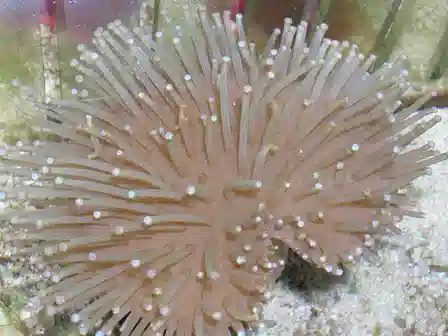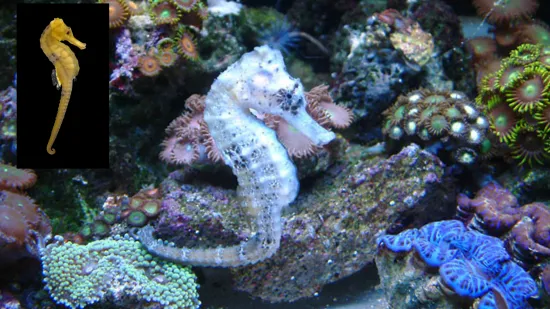ORA Leather - Long Polyp Toadstool
Sarcophyton sp.
(0 Reviews)

ORA Leather - Long Polyp Toadstool
Sarcophyton sp.
(0 Reviews)
{{ item.name }}
Size: {{ item.extra_field_3 }}
${{ getFormattedPrice(item.saleprice) }} ${{ getFormattedPrice(item.price) }}
To join the waiting list, click here
Free Shipping
With
$199.00
or more in Marine Life.
More details...
ORA Leather - Long Polyp Toadstool Care Facts
| Size: | 2-3 inches |
|---|---|
| Care Level: | Easy |
| Temperament: | |
| Reef Safe: | |
| Diet: | Medium Light, Medium Flow |
| Origin: | Aquacultured in the USA by ORA |
| Acclimation Time: | 1+ hour |
| Coral Safe: | Yes |
| Invertebrate Safe: | Yes |
| Minimum Tank Size: |
I purchased an Ora long tentacle toadstool just over two years ago, its healthy and has more than doubled in size (under power compact fluorescent approx 4.5 watt/ gallon, and moderate flow). Gets along fine with my mushrooms, easy to care for and looks fantastic with its many tentacles dancing in the current:)
Reviewed by: Trev on July 30, 2013








